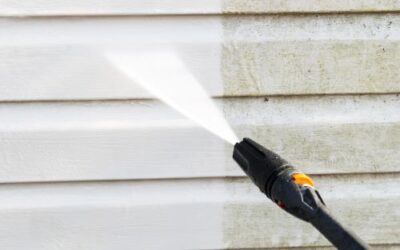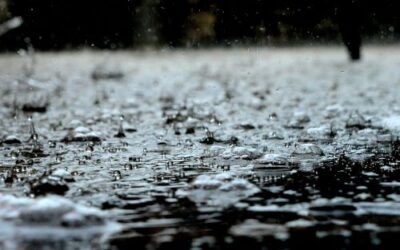As winter approaches, our gardens and yards undergo a dramatic transformation. While the beauty of snow-covered landscapes can be enchanting, it’s important to remember that the colder months can be a challenging time for local wildlife. With many natural food sources scarce and shelter in high demand, creating a wildlife-friendly winter habitat in your yard can make a world of difference. In this blog post, we’ll explore how to achieve this by offering suggestions for wildlife-friendly winter landscaping.
Providing Shelter
One way to support wildlife during winter is by transforming our yards into cozy havens. Installing birdhouses, bat boxes, and brush piles offers shelter from harsh winds and cold temperatures. These structures provide a safe place for birds, bats, and other small animals to roost and take refuge from harsh winds and cold temperatures.
Plant Winter-Friendly Trees and Shrubs
Choosing native evergreen trees and shrubs is another way to support wildlife during winter. These plants provide a reliable food source and protection for birds and small animals. They produce berries and seeds that can sustain wildlife throughout the winter, ensuring they have the nourishment they need.
Create a Water Source
While most water sources freeze during winter, we can help wildlife by installing a heated bird bath or a small pond with a de-icer. By providing a water source, we attract various species, offering them a vital resource in the winter when water is scarce. This helps them stay hydrated and healthy.
Leave Plant Stalks and Leaf Litter
Instead of clearing away all fallen leaves and plant stalks, it’s sometimes beneficial to leave them be. They provide essential cover and nesting material for creatures like butterflies and insects. Additionally, they create hiding spots for small mammals and birds, giving them a sense of security and protection.
Provide Food
Setting up bird feeders with high-energy foods like seeds, suet, and nuts can be a lifeline for birds and other wildlife during winter when natural food sources are scarce. Regularly refilling the feeders ensures that our feathered visitors have a consistent food supply to maintain their energy levels.
Minimize Chemical Use
To create a wildlife-friendly environment, it’s important to avoid using harmful chemicals in our gardens. These chemicals can negatively impact wildlife, causing harm to their health and well-being. Opting for organic alternatives when fertilizing or pest controlling ensures a safe environment for both animals and plants.
Maintain Winter Habitats
Regularly cleaning and maintaining our wildlife-friendly features, such as birdhouses and feeders, is crucial. This helps prevent the build-up of mold and bacteria, ensuring a healthy habitat for the creatures depending on our yard. It’s important to provide a clean and safe space for wildlife to thrive.
By making these simple changes to our winter landscaping, we can create a haven for local wildlife. Together, let’s ensure that even in the coldest months, our yards remain welcoming and supportive for our furry and feathered friends! At Jack’s Lawn Care & Landscaping, we are here to help you create a wildlife-friendly environment in your yard. Contact us today to find out more!



